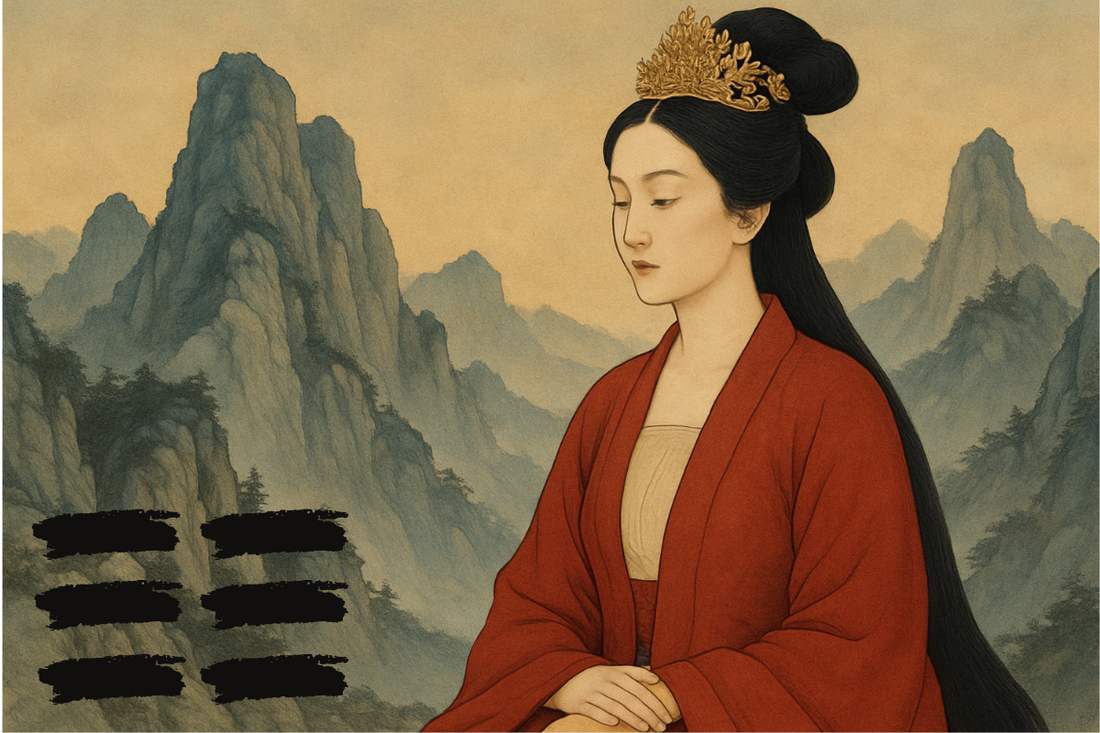
Trigram Kun ☷
Today, let’s reflect on the trigram Kun. But first—what are trigrams?
At first glance, they are just combinations of broken and solid lines. What looks simple on the outside is filled with deep meaning. It’s a mistake to approach trigrams purely logically—they are a language of archetypes, where the main task is contemplation and the ability to penetrate within, without clinging to logical explanations.
A trigram contains multiple layers of meaning at once. For example, Kun can represent a certain area in the body (the neck, lower abdomen, perineum), the Earth element, the principle of gathering, or the maternal essence.
When we attune ourselves to the trigram Kūn, we tune into a state of receptivity, absorption, and assimilation.
The three broken lines form a three-dimensional matrix. A broken line symbolizes a particular state of openness, the ability to receive and be filled. This is the pure manifestation of the Yin symbol—the embodiment of receptivity.
When we know how to stay open, we can be filled—and thus, we can assimilate.
This is a principle that has almost been lost today, due to disruptions in rhythm. Without following the proper rhythm, we can neither absorb nor assimilate. We miss the depth of interaction, we rush experiences.
It’s this inability to absorb and assimilate that throws people into endless attempts at filling up—jumping from one experience to the next without truly living through any of them.
The first law of development is energy conservation, which happens through the ability to assimilate. This law is embodied in the trigram Kūn, which teaches the art of interaction.
It doesn’t matter what we’re engaged in—writing an article, reading a book, having a conversation, eating a meal. What matters is how attentive we are and whether we follow the rhythm. Proper rhythm allows us to live the experience, to nourish ourselves.
The ability to observe moments, to immerse in them and live them deeply, creates a palette of perception where we notice shades and nuances. This brings experiences that truly nourish us.
The ability to absorb and assimilate depends on our attentiveness and rhythm.
Once we’ve learned how to absorb and fill ourselves, we create the fertile ground for the next stage.
